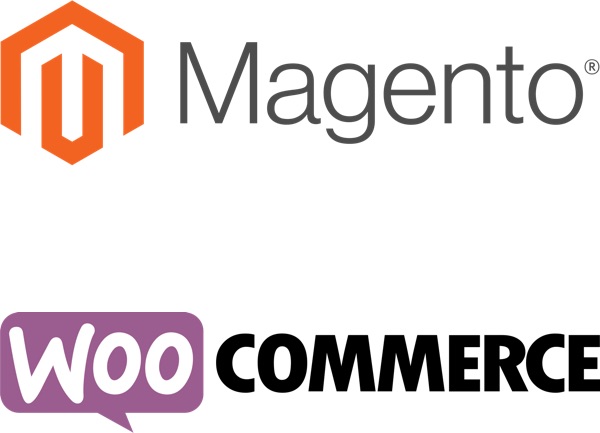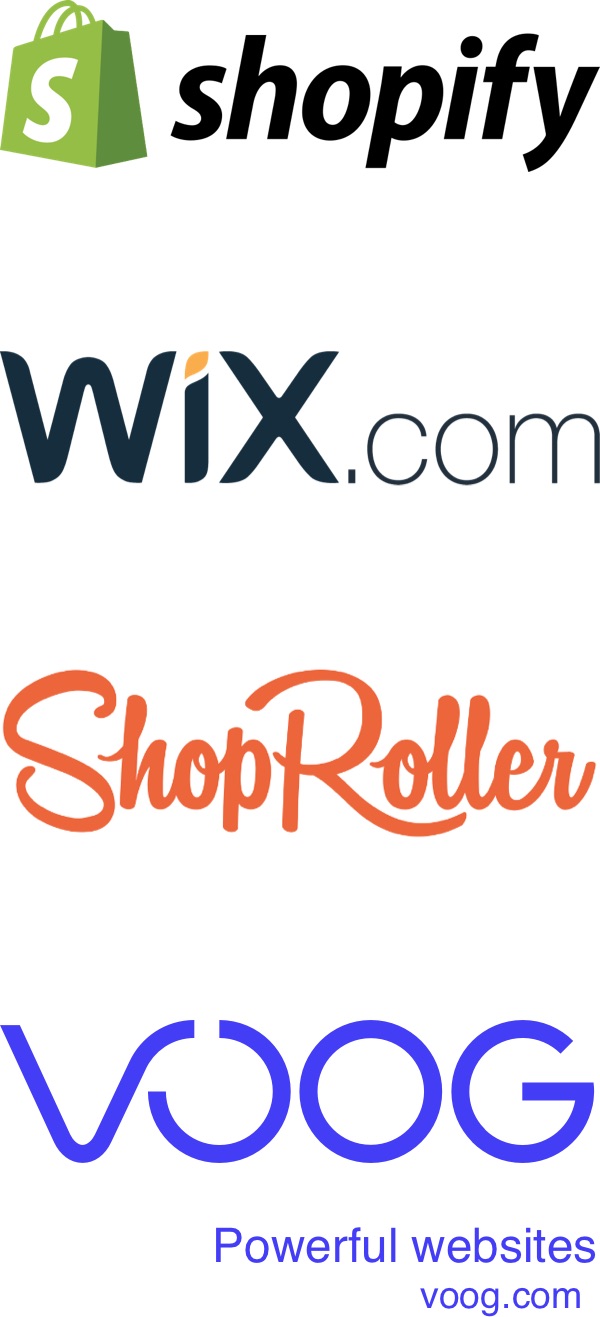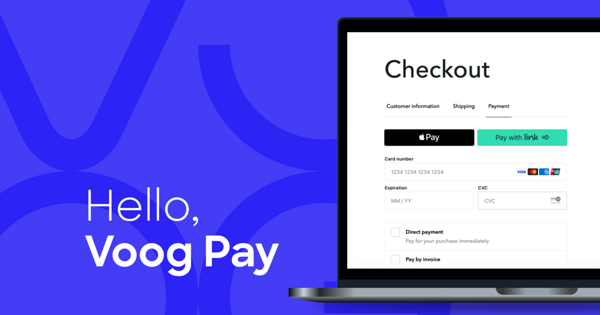Ecommerce in Europe is on the rise
It is not a secret that ecommerce has been booming year after year around the globe. However, most of the articles written focus on the US market and information about the state of the state of e-commerce in Europe is short in hand. Therefore I am trying to give a clear and easily understandable overview of the main characteristics about e-commerce in Europe.
Active Internet users make up to 82% of the population of europe (28 EU member states), which is a good premise for any kind of online business. Now, if we look at the number of users who have ordered goods or services over the Internet, we see a clear trend here:
Simply put, last year almost 350 million people used ecommerce in Europe. But even more interesting is the fact that most of the people spent 100 or more euros on online shopping within a three month period.
It means that people are not only buying cheap products from China but also the goods of quality brands.
Considering the information above, it is not surprising that the turnover generated from e-sales is also growing year-by-year.
E-commerce was accountable for 13% of all the revenue generated by European businesses in 2008. Seven years later in 2015, 20% of all the revenue generated by European businesses is coming from e-commerce. That means that there is a lot of money moving to e-commerce because of the growing confidence among consumers to buy online.
The average online store in Europe
If you dig into the European e-commerce scene you will notice that the biggest online “Shopping malls” are accountable for a considerable proportion of ecommerce revenue. However, these big stores are only a fraction of the total stores online. Most European online stores are small “corner stores” selling up to six products.
Picture: Stella Soomlais website
Even more interesting, if you look at a random selection of European online stores, you will see that most of them seem to be hobby projects that people run in addition to their daily job in order to generate some extra income. In most of the cases the products sold in these stores are self-made. So, ecommerce is enabling people to monetize their passion in a way that was unimaginable some ten to fifteen years ago.
Taking into account that ecommerce technologies are becoming more accessible every year it is likely that even more people will be monetizing their hobbies in the forseeable future and in some cases, these online stores will replace the daily jobs as the main source of income.
Online store platforms
There are more different online store platforms than one could count. However, all platforms fall into two categories. First of the categories is the software-based or self-hosted solutions like Magento or Woocommerce that run on Wordpress. The advantage of such solutions is flexible functionality. Using a software-based solution, one can build extremely complex systems. The downside of these kinds of platforms is that the powerful functionality is difficult to manage and in many cases overwhelming without a solid background in IT.
The service-based solutions make the second big group of online store platforms. A service-based solution means that the shopkeeper has to pay an annual or monthly fee for the service that already includes hosting, security, support etc. So, using these kinds of platforms frees the shopkeeper from the onerous duties and gives them more time to concentrate on selling and marketing the products. In addition to that, the service-based solutions are, in many cases extremely user-friendly. So, using a service-based platform does not require any expertise in IT. Even if a technically complicated question should arise, one could always pick up the phone and seek help from the service provider's customer support team.
When comparing software-based and service-based platforms, it may seem that going with the former will be cheaper because many of the software-based platforms are open source and available for free. However, before choosing the platform one should also take into the consideration all the “hidden” expenses related to hosting, security updates etc. Once all the expenses have been added up, it is clear that going with a service-based platform will be the cheaper option. That is especially true in the context of the starting entrepreneur who does not need overly complex technical solutions.
The most popular service based online store platforms
There are four online store platforms that are most commonly used in Europe: Shopify, Wix, Weebly and Voog. The latter being the newest up and coming player in the European ecommerce scene. The basic functionality across all service-based platforms is pretty much the same. The biggest differences emerge when one compares the logic behind the management system and additional options like using third party components and secure SSL certificates.
One of the most important criteria to follow when choosing a platform should be the ease of management. Considering that most of the online stores are built by the starting entrepreneurs in order to try out the perspective of a business idea, it is important to keep the expenses as low as possible. This means that whenever there are two or more platforms that feel equally good, one should prefer the one that comes with the lowest price. Partly because the main functionality is the same and partly because once the first version of the online store has been set up, one can always re-design and add more functionality.
For the starting entrepreneur, it is highly recommended to use the cheapest platform available that meets the most critical criteria. In most cases, it means using a service-based platform that can be set up within minutes and is easily managed. Custom development and design are reasonable only when it is clear that the business is viable and profitable in the long term.
Comparison of online store platforms
| Name | Plan | Price per month | Free SSL | Products | Commission fee | Free Multilingual support |
|---|---|---|---|---|---|---|
| Basic Shopify | 25,4€ | Unlimited |
Shopify Payments – 0%.
Other – 2%
|
|||
| Shopify | 69,2€ | Unlimited |
Shopify Payments – 0%.
Other – 1%
|
|||
| Advanced Shopify | 261,92€ | Unlimited |
Shopify Payments – 0%.
Other – 0,5%
|
|||
| eCommerce | 16,50€ | Unlimited | 0% | |||
| VIP | 24,50€ | Unlimited | 0% | |||
| Starter | 7€ | Up to 10 | 3% | |||
| Pro | 11€ | Up to 25 | 3% | |||
| Business | 23€ | Unlimited | 0% | |||
| Performance | 33€ | Unlimited | 0% | |||
| Standard | 14€ | Up to 3 | 3% | |||
| Plus | 22€ | Unlimited | 3% | |||
| Premium | 50€ | Unlimited | 0% |
All in all, it seems to be a good time to start an online business or create online presence for already existing businesses. However, when choosing the platform for the online store, there are multiple options to consider.
If the goal is to set up a big Amazon-like online shopping mall and there is at least a five-figure budget for that, it is reasonable to use a software-based platform that offers powerful functionality and is highly customizable. However, should the ambitions be lower and the goal is to kick-start a new business, using a service-based platform is highly recommended.
As the service-based platforms offer the same functionality in general, it may be a good idea to consider the price tag and go with the one that requires the smallest budget.

_block.png)
_block.png)
_fig1_block.png)














